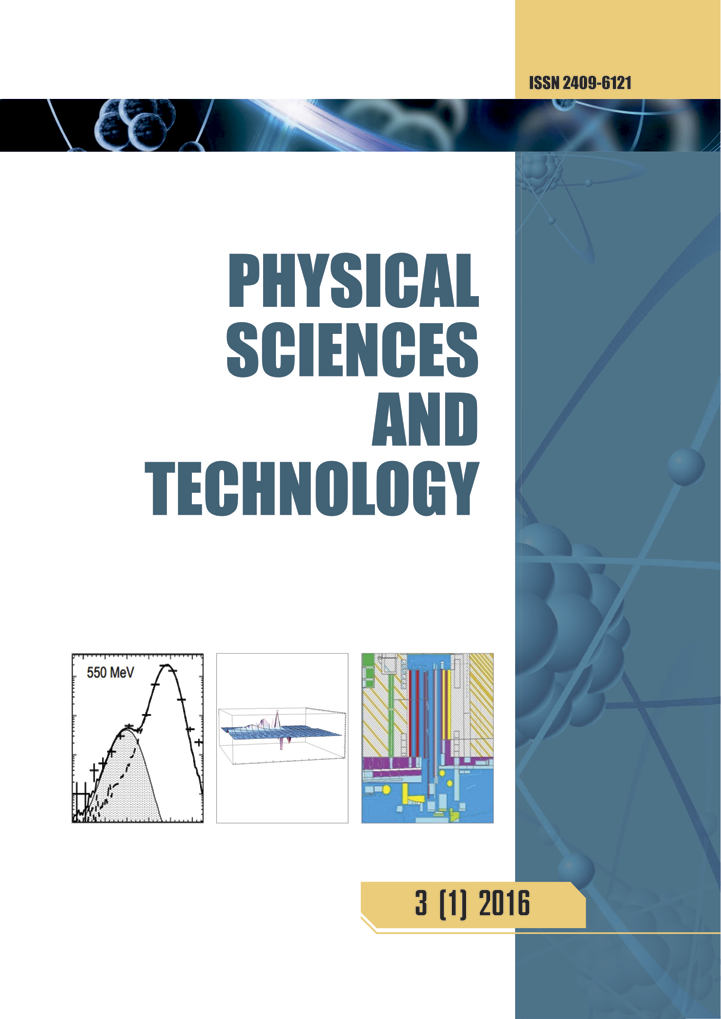Auto-oscillations of current in injection structures p+-p (Si<Mn>) based on heavily compensated silicon
silicon, current, injection, structure, compensation, self-oscillations, hole, trap
DOI:
https://doi.org/10.26577/phst2024v11i2b06Abstract
This paper presents the findings of a study on the current-voltage characteristics (IVC) and current self-oscillations in n++-p(Si)-p+ structures made from heavily compensated silicon. We observed that the self-oscillations in manganese-doped silicon are linked to the injection of holes. During our examination of the I-V characteristics in p⁺-p(Si)-p⁺ structures, we discovered that certain voltage levels can trigger self-oscillations in injection current, which are related to unipolar hole injection. Moreover, these current self-oscillations consistently promote vertical current growth within the IVC region. Initially, before stabilizing into fixed current self-oscillations, we noted chaotic fluctuations that transitioned to regular oscillations with a slight increase in voltage. We identified the characteristics of highly compensated silicon in an extremely nonequilibrium state and highlighted the unique functional capabilities of this material, which differ from those of conventional semiconductors. This discovery paves the way for developing innovative types of photoelectric, optoelectrical, and magnetoelectrical devices, as well as sensors for physical parameters and classical semiconductor devices that demonstrate high resistance to radiation and thermal effects.




